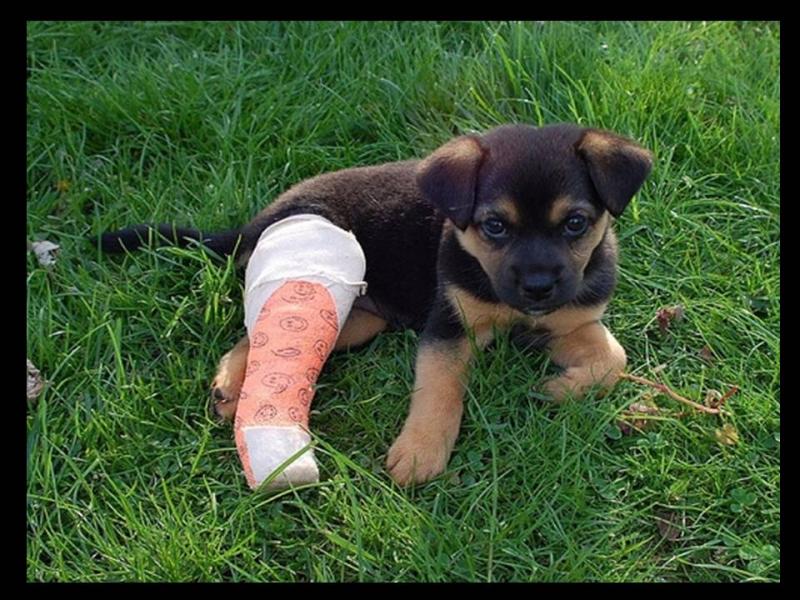Planning and prepping can help a lot and keep rough or scary situations within a realm of being ok. As you check to make sure you have your AAA card, phone numbers of your doctors and kid’s doctors, don’t forget your pet. Accidents can happen anywhere and it’s good to know what to do to so you’re not freaking out… too much.

- Schedule a pre-vacation check-up with your veterinarian to make sure your pet is healthy for travel and is up to date on vaccines. If you are planning to fly with your pet, this is imperative, as most airlines require a health certificate issued within 10 days of your flight. If your pet does not already have a microchip, this is the time to get one.
- Put together a folder of important information about your pet to bring with you in case you need to visit the vet on vacation. Even better, if you can, load the pdfs or documents onto your phone too. In case you can’t get back to the paperwork, you can email/fax it to the emergency vet.
- Check that the microchip information is updated with the current vaccine information, the name and phone number of your home veterinarian, your pet health insurance information, and any other important information.
- Research your veterinary options at your destination before you leave home. Look at vets who have daytime hours, night time, and the emergency vets. The last thing you want to do is end up lost and unsure.
- Don’t forget to pack a first aid kit for your pet as well as for yourself. Small injuries can be bandaged and cleaned up if you can’t get to the vet immediately. It also cuts down on your pet’s pain and your anxiety.
Thanks Petswelcome!



.jpg)
.jpg)